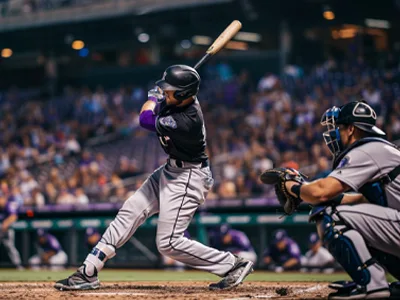Over time, disciplined bet sizing ensures that variance doesn’t derail your bankroll
When betting on MLB with a volume approach, bankroll management and bet sizing become just as important as picking games. MLB offers a long season with daily slates, which means the number of opportunities to wager can quickly add up. Without a strategy for sizing your bets, even good picks can be undermined by poor money management.
The first step is deciding on a base unit size, usually a small percentage of your bankroll. Many bettors use one to two percent per wager. For example, if your bankroll is $5,000, a single unit might be $50. This approach creates consistency and protects you from large swings, which are inevitable when you’re placing many bets over a 162-game season.
Next, consider whether to stick with flat betting or use a variable system. Flat betting means you always wager the same unit size regardless of confidence level. This method is simple and effective for volume betting because it prevents emotions from influencing stake sizes.
On the other hand, some bettors use a scaled system, where higher-confidence plays receive larger wagers, perhaps 1.5x or 2x your unit size. If you take this route, be careful not to overestimate confidence or chase losses.
Another factor to account for is the type of bets you’re making. Moneylines are the backbone of MLB betting, but run lines and totals are also common. Favorites often come with heavy juice, which can skew results if you’re not careful.
In volume betting, consistently laying -180 or higher can drain your bankroll even if you win more than half of your plays. Many experienced bettors set a cap on the highest price they’ll pay for a favorite to keep their risk balanced.
Finally, track your results. Logging every wager, including stake size and odds, helps identify whether your bet sizing strategy is working or needs adjustment.


